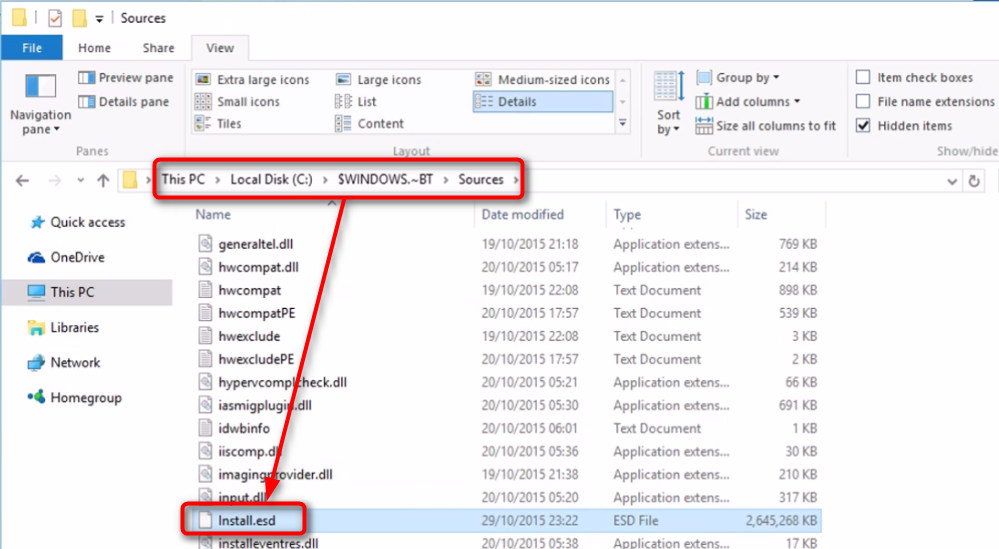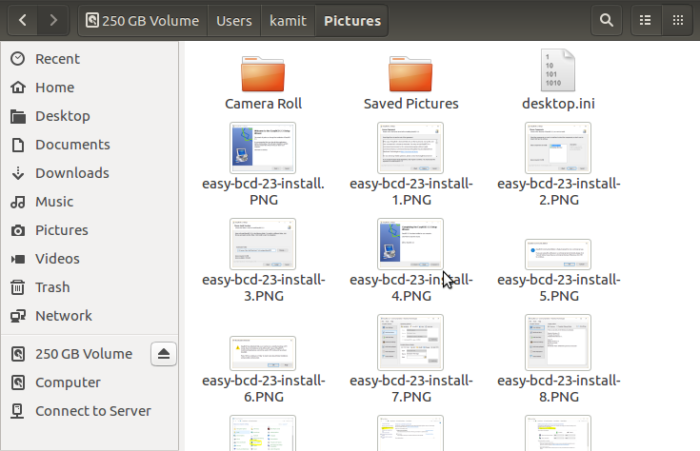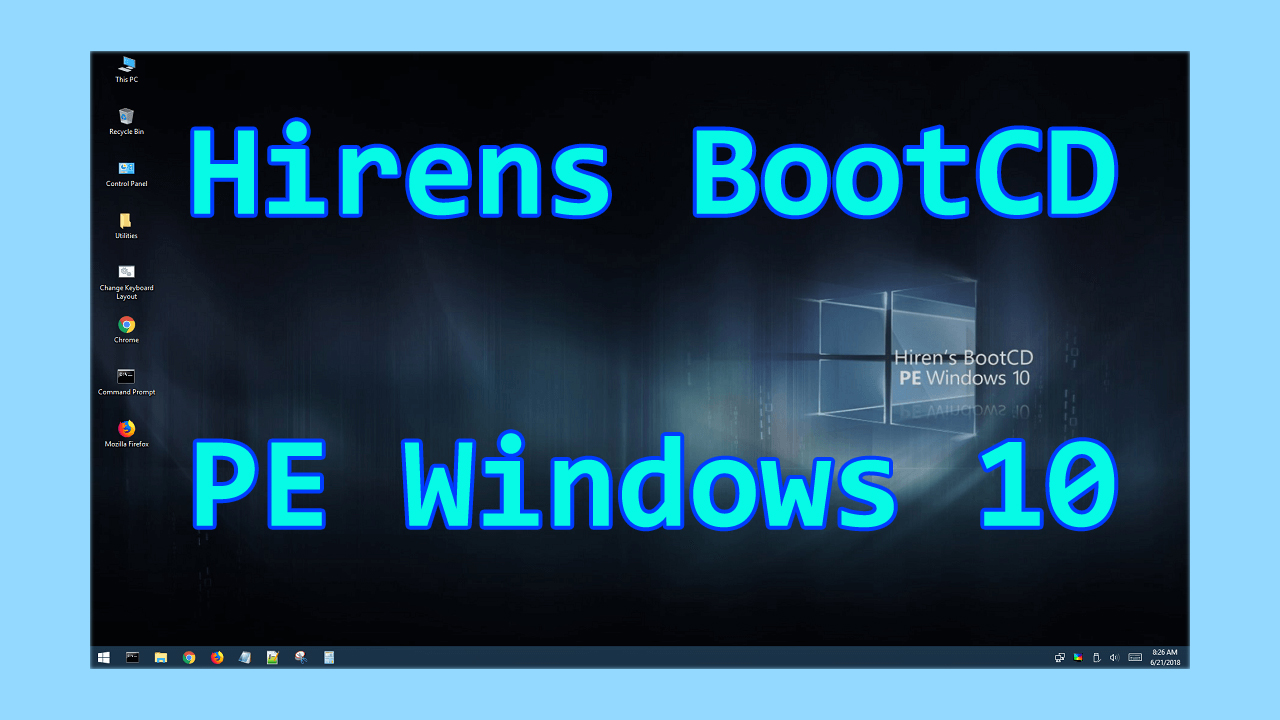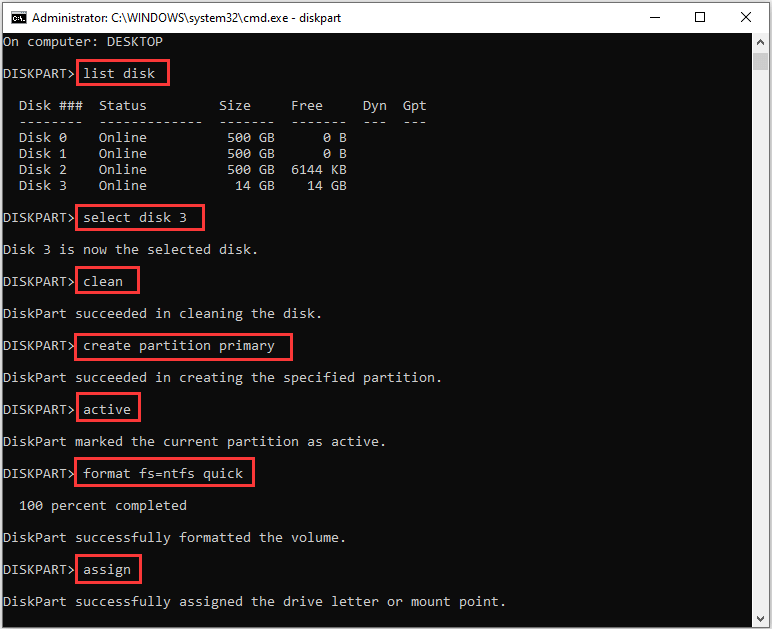
Upon clicking the Build button, three dialog boxes will appear one after another.

Step 9: Finally, click on the Build button (see picture) to begin creating your bootable Windows ISO image file. Step 8: Click on the small folder icon next to Boot Image box (see picture) and then browse to the folder containing Windows installation files (the folder that contains files copied from the USB), open Boot folder, select file, and then click Open button to select as the boot image file. For Windows 7, Windows 8 and Windows 10, you need to type 8 in the Sectors to load field. Note that if you’re preparing a bootable Vista ISO, you need to keep the 4. Step 7: Now, select the option labeled Make Image Bootable, select Emulation type as None (custom), and type 8 in the Sectors to load box by removing the existing 4. Here, click on the tab labeled Bootable Disc. Step 6: On the right side, switch to the Advanced tab (see picture) to see four tabs. Step 5: Next, click on the browse icon located next to the Destination box to select a location to save the bootable ISO image file that you’re preparing now. Browse to the folder and then click Select folder. Step 4: In the resulting ImgBurn dialog, click on the small folder icon (see picture) next to the Source box to browse to the folder containing all copied files from the bootable Windows USB.

Click on Create image file from files/folders option. In short, if have Windows installation files and want to create an ISO image file out of it, you can do so in a few minutes. Preparing a bootable Windows ISO from installation files/folders is relatively easy and doesn’t take much time either.


After gaining GBs of disk space, I realized that the previously downloaded Windows 7 SP1 ISO, which was present in the Downloads folder, has also been deleted along with other files.Įven though I could easily download Windows 7 SP1 ISO pack again in a couple of minutes, I decided to create an ISO file from the bootable Windows 7 USB drive that I had prepared to install Windows 7. Two days back, I decided to free up some disk space on my Windows 8.1 drive and manually deleted all contents in the Downloads folder and also uninstalled tens of programs that I had installed over the last three months. The installation was uneventful and Windows 7 has been running as it should. A couple of weeks ago, I downloaded Windows 7 SP1 Ultimate 64-bit ISO on my Windows 8.1 PC from Microsoft (using my MSDN subscription) and installed Windows 7 in dual-boot with Windows 8.1 using my USB flash drive as bootable media.


 0 kommentar(er)
0 kommentar(er)
